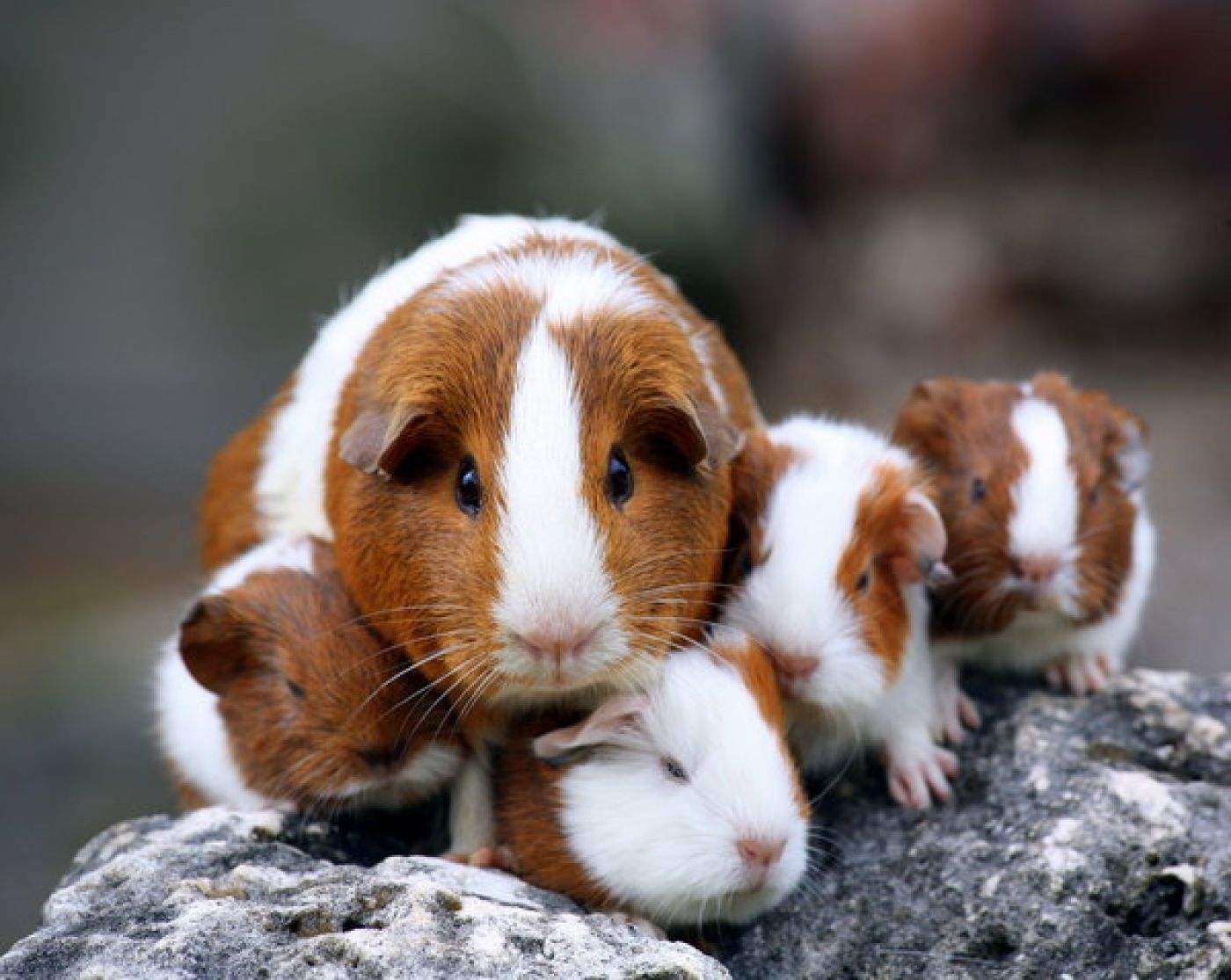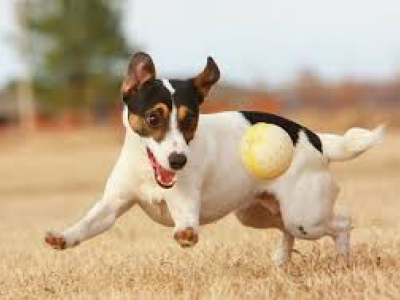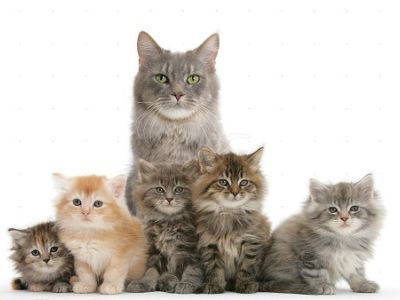Happy Mother's Day

To all the mums of four legged babies, the emotions of motherhood are universal.
We say thank you for the protection, nurturing and care.
Hope your day is “paws-itively” wonderful and “purr-fectly” happy…thanks Mum.
Other extraordinary Mums in the animal world are:
Orangutans-The bond between an orangutan mother and her young is one of the strongest in nature. During the first two years of life, the young rely entirely on their mothers for both food and transportation. The mums stay with their young for 6-7 years, teaching them where to find food, how to build a sleeping nest and survival. Female orangutans are known to visit their mothers until they reach the age of 15.
Polar Bears-Most polar bears usually give birth to twin cubs that stick by her for about 2 years to learn survival skills in the cold climate. The mums create a den by digging into snow drifts and creating a space protected by the elements. They usually give birth from November to January and keep the cubs warm & healthy using their body heat and milk. The cubs leave the den in March or April to get used to the outside temperatures before learning to hunt.
African Elephants-A new African Elephant mum is not alone in guiding her young. Elephants live a matriarchal society. Other females in the social group help a calf to its feet after birth and show the baby how to nurse. The older elephants adjust the pace of the herd so the calf can keep stride. By watching the adults, the calf learns which plants to eat and how to access them. The females regularly make affectionate contact with the calf.
Cheetahs-Cheetah mothers raise their young in isolation. They move their litter-usually 2-6 cubs-every four days to prevent a build up of smell that predators can track. After 18 months of training as hunters, the cheetah cubs finally leave their mothers. The cubs then form a sibling group that will stay together for another 6 months.
Emperor Penguin- After laying an egg, the mother emperor penguin leaves it with a male who protects the fragile hard shell from the elements. The mother then travels up to 80km’s to reach the ocean and fish. She later returns to the hatching site to regurgitate the food to the newly hatched chicks. Using the warmth of her own brood pouch, the mother keeps the chicks warm & safe.
This just shows that mothering is innate and similar species wide.
Happy Mums Day!



